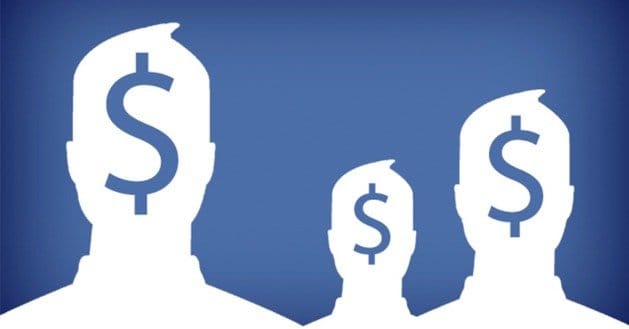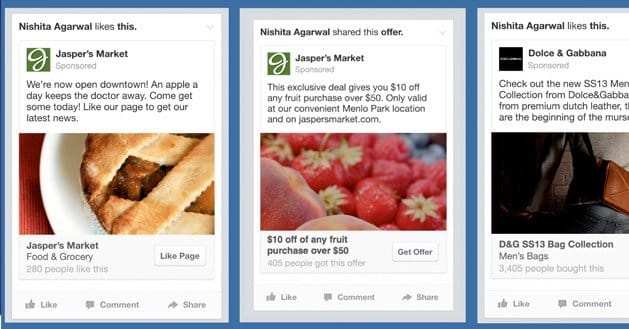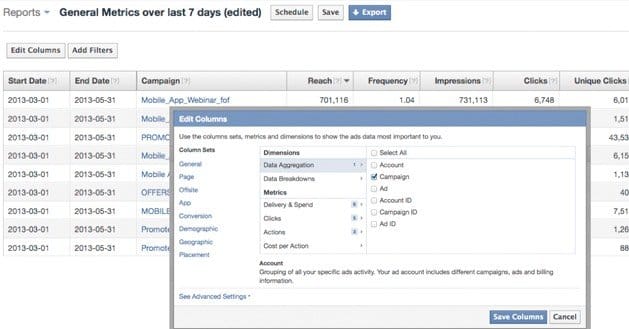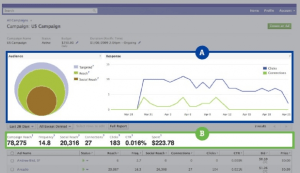 Written by ContentPowered.com
Written by ContentPowered.com
Facebook ads run on a cost per objective basis. You pay depending on the objective you want to complete. Website clicks and page likes are the cheapest, while website conversions are the most expensive. No matter what objective you’re using, however, you want to make sure you’re paying as little as possible per objective. Here’s how.
1. Pick the Right Objective
Facebook’s ad objectives define what counts as a conversion for your ad. If you want to sell products, you might want to be using the product sales objective rather than the website clicks objective. Why? Website clicks just means you pay each time someone clicks to your website, regardless of whether or not they ever see your products, let alone purchase. If you run the website conversions objective, you pay when a user converts, not just when they click. On the other hand, it costs more, so you have to balance this with other factors.
The last thing you want to do is use the wrong objective in a way that kills your campaign. Trying to use the video views objective, for example, when you don’t have a video to play will just waste time and budget.
If you’re curious about how you might use a given objective, or the best practices for ads in each objective, SocialFresh has a pretty great guide you can reference. Among their best pieces of advice; don’t use the Website Clicks objective. You’ll just be throwing your cash into a pit filled with people who blindly click links but have no intention of doing anything more.
2. Use a More Compelling Image
The first thing you need to realize is that you will need a number of different versions of each image you use, depending on the location and objective of the ad. Yes, even different objectives display ads slightly differently, and this can affect the size of the image. Jon Loomer has a great guide on ad image sizes you can find here.
There are other ad image guidelines beyond size that you need to recognize. For one thing, pictures of happy people tend to be a good default. If you don’t know anything more specific, test pictures of smiling people, particularly women. If you can capture them in context that’s relevant to your business, even better.
You should also pick images with colors that stand out from the boring every-day color scheme of Facebook. This is particularly important for sidebar ads, which tend to blend in with the blue-and-white drabness of the rest of the page. News feed ads can be a bit less vibrant because they’re large and presented front and center.
3. Use an Appropriate Frequency
Do you know what ad frequency is? A lot of first-time marketers either don’t know or don’t pay attention.
There are three numbers that measure how your ads are viewed by people on Facebook. Impressions are the total number of times your ad was seen. If one person views your ad five times, that’s five impressions. Reach is the total number of individual people who saw your ad. If one person sees your ad five times, that’s one reach. Frequency is the number of times, on average, that a person sees your ad. If your audience is one person, and he sees your ad five times, you have a frequency of five.
On Facebook, you can set limits to your frequency. You should pay attention to your frequency and adjust your budget and targeting accordingly. You can read more about these adjustments on AdEspresso.
4. Implement Split Testing
Every time I mention testing, monitoring or changing your ads, I’m talking about split testing.
Split testing works like this: you take one ad and create an exact copy of it. You change one thing – and only one thing – about that ad. You then run both ads for an equal amount of time with an equal audience and an equal budget. You measure which performs better. Then you pick the better one, copy it, and run another test.
You can further complicate tests by running numerous variations at once, though this can cause issues with identifying which of two changes is better. Try to only test one variable at a time. For example, you can easily run six different pictures on identical ads. However, you should never run an ad that has multiple variables changed. For example, don’t run an ad, a variant with a different picture, and a variant with different copy. If both perform better than the original, you don’t know which change to make.
There are all kinds of things you can test when you split test variables. You can change your image by a little or completely. You can alter your copy, your landing page link URL, or your title. You can change your targeting options in a million ways in the back end of the ads system. You can change up where you display the ad, the format of the ad, or the ad objective. This isn’t even including the changes you can make on your website, like landing page copy and design, or promotions.
5. Track All Data
Finally, track everything. Track statistics, monitor them, and make sure you’re improving in the metrics that count.
This means, of course, that you need to take baseline measurements of such statistics for every ad and for your advertising as a whole. Figure out how much you’re spending, what your reach is, what your frequency is, what your targeting is and what goals you’d like to reach. Work to optimize aspects of your advertising like your conversion rate, your click-through rate and your cost per click. Make changes that lower your CPC, but don’t go overboard. The ideal penny-per-click isn’t really ideal at all; in fact, it mostly means your clicks are valueless.
Each change you make should be geared towards either improving the performance of your ads or reducing the cost of those ads.






I would say the first thing you need to do to reduce CPC is targeting the right audience. You can do it manually with the help of Audience Insight or with the help of third-party source where you can get Facebook competitors’ custom list with the purpose of using it as your audience. Than better audience the more engagement you’ll have the cheaper CPC.